One antenna is used for both receiver and transmitter. In many cases the antenna is designed so that it can be used in all the bands the phone supports. (There can be more antennas for MIMO / spatial diversity purposes, but I will not go into details of those)
The same antenna is used for Rx and Tx in LTE FDD (frequency division duplexing), LTE TDD, WCDMA, CDMA, GSM, you name it. LTE FDD is the most used technology for data. A frequency diplexer is used in LTE FDD, as both Rx and Tx occur at the same time but in different frequencies.
LTE TDD (time division duplexing) uses an RF switch to switch between Tx and Rx, as the transmitting and receiving does not happen simultaneously.
Below you'll find very simplified drawings of todays mobile phones RF front end for a single band. Pretty much all use a frequency diplexer, because LTE FDD is the most dominant technology. A switch is used for LTE TDD.

